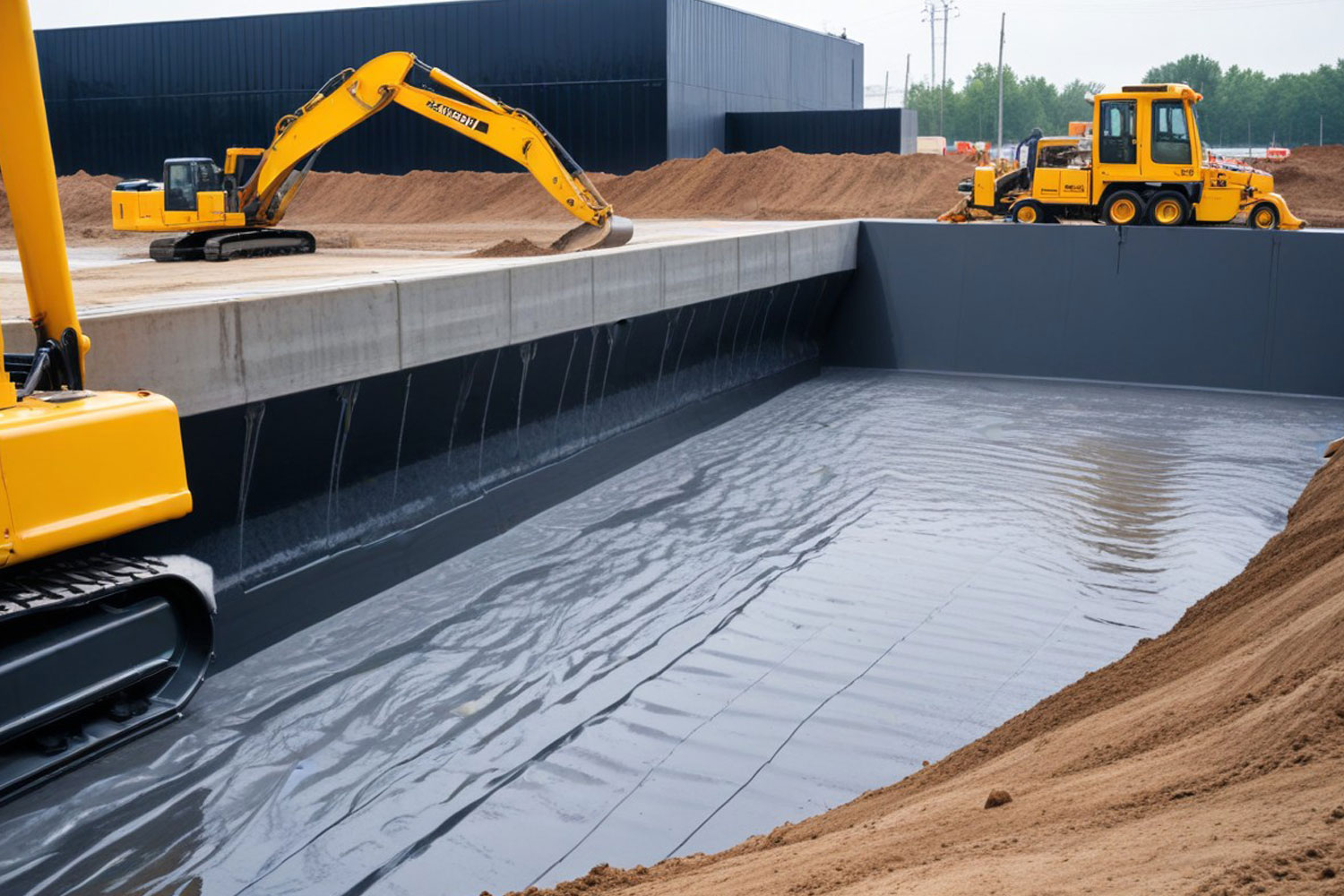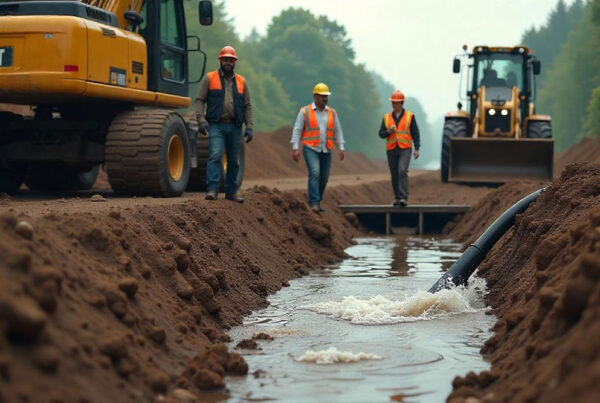Dewatering is a critical process in construction that involves the removal of groundwater and surface water from job sites to create dry and stable working conditions. Effective dewatering is essential for preventing water-related delays, maintaining project schedules, and ensuring the safety of workers and equipment. In this article, we will explore the importance of dewatering in construction, common dewatering methods, and best practices for managing groundwater and surface water on job sites.
The Importance of Dewatering:
Water infiltration into excavation sites can pose significant challenges to construction projects. Excessive groundwater and surface water can undermine foundations, destabilize slopes, and compromise the integrity of structures. Dewatering helps mitigate these risks by lowering the water table and controlling water flow, thereby creating a safe and conducive environment for construction activities.
Common Dewatering Methods:
1. Wellpoint Systems:
Wellpoint systems are commonly used for shallow groundwater dewatering. This method involves installing closely spaced wellpoints around the perimeter of the excavation area. These wellpoints are connected to a vacuum pump that lowers the groundwater level by creating a partial vacuum, allowing water to be drawn out of the ground.
2. Deep Well Systems:
Deep well dewatering is suitable for deeper excavation projects where conventional wellpoint systems are not effective. Deep wells are drilled into the ground, and submersible pumps are used to extract groundwater from greater depths. This method is often used in large-scale construction projects such as underground tunnels and basements.
3. Sumping and Pumping:
Sumping involves excavating sump pits or trenches at low points within the construction site to collect groundwater and surface water. Submersible pumps are then used to remove water from the sumps and discharge it away from the site. Sumping and pumping are effective for managing localized water accumulation.
4. Surface Drainage:
Surface drainage involves directing surface water away from the construction site using channels, ditches, and berms. This method helps prevent water from pooling on the site and infiltrating excavations. Proper grading and slope design are essential for effective surface drainage.
Best Practices for Dewatering:
1. Site Evaluation:
Conduct a thorough site evaluation to assess groundwater levels, soil conditions, and water flow patterns. This information will help determine the most suitable dewatering method for the project.
2. Design Considerations:
Design dewatering systems based on the specific requirements of the project, considering factors such as excavation depth, soil permeability, and anticipated water inflow rates.
3. Environmental Protection:
Implement measures to prevent sedimentation, erosion, and pollution of nearby water bodies during dewatering operations. Install sediment traps, silt fences, and erosion control measures as needed.
4. Monitoring and Maintenance:
Regularly monitor groundwater levels and dewatering system performance throughout the construction process. Conduct routine maintenance and inspections to ensure the proper functioning of pumps, wells, and drainage structures.
Conclusion:
Dewatering plays a vital role in construction projects by managing groundwater and surface water to create safe and productive work environments. By implementing effective dewatering methods and best practices, construction teams can minimize water-related risks, avoid delays, and ensure the successful completion of projects. With careful planning and proactive management, dewatering can be seamlessly integrated into construction activities, contributing to overall project success and safety.






